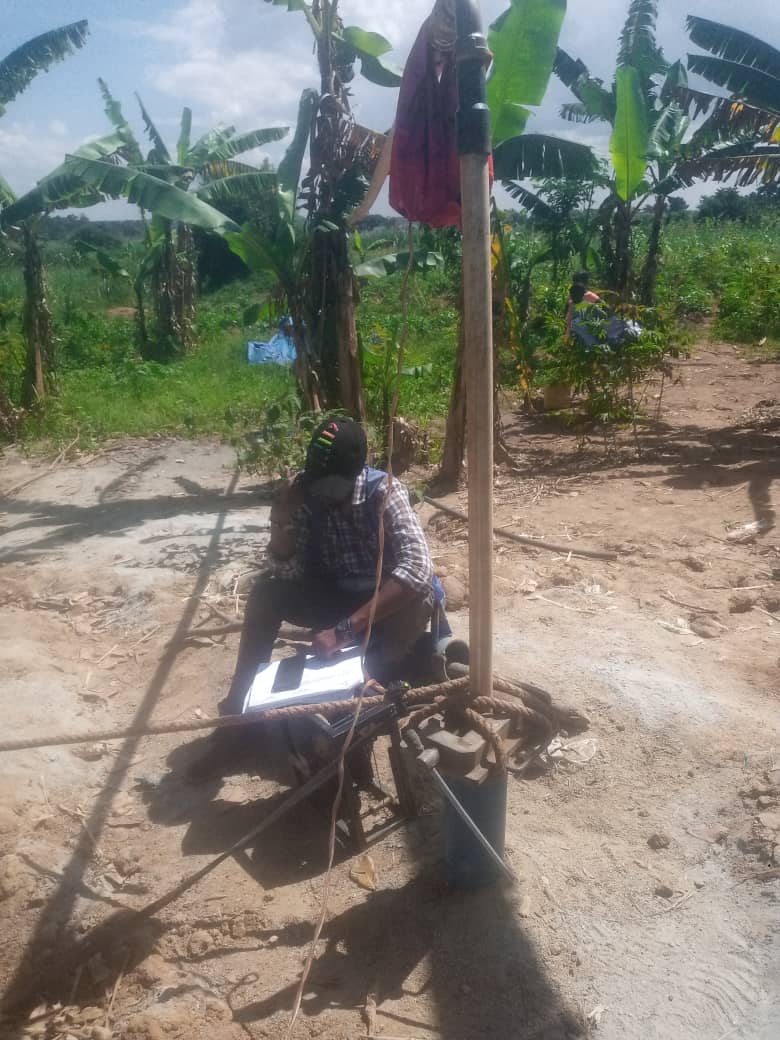Borehole test pumping
A pumping test is a field experiment in which a well is pumped at a controlled rate and water-level response (drawdown) is measured in one or more surrounding observation wells and optionally in the pumped well (control well) itself; response data from pumping tests are used to estimate the hydraulic properties of aquifers, evaluate well performance and identify aquifer boundaries.
Reasons for undertaking pumping tests
Pumping tests can be undertaken for a wide variety of reasons, including the following:
- To determine the reliable long-term yield (or ‘safe’ yield) of a borehole, and therefore whether or not the borehole can be regarded as a ‘success,’ and how many people it will be able to supply.
- To assess the hydraulic performance of a borehole, usually in terms of its yield-drawdown characteristics.
- To provide information on water quality. Is the water quality suitable for the intended use? Is it stable in the long term? Are there likely to be any problems such as drawing in saline or polluted water after extended periods of pumping?
- To optimize operational pumping regimes (especially from multiple-borehole sources), including selecting the most suitable pumping plant for long-term use, and estimating probable pumping and/or treatment costs
- To help determine the correct depth at which the permanent pump should be installed in the borehole.
- To derive the hydraulic properties of the aquifer. Pumping tests are the classic (and perhaps the only) way to derive in situ aquifer hydraulic properties, such as transmissivity and the storage coefficient, or to reveal the presence of any hydraulic boundaries.
- To determine the effects of abstraction on neighboring abstractions
- To determine the environmental impact of the abstraction. All groundwater abstraction eventually has an impact; it is only a matter of where, when, and whether or not the impact is acceptable.
It is important to define the aims of each test before the test is carried out, as this will greatly influence the choice of test and the parameters that need to be monitored.




